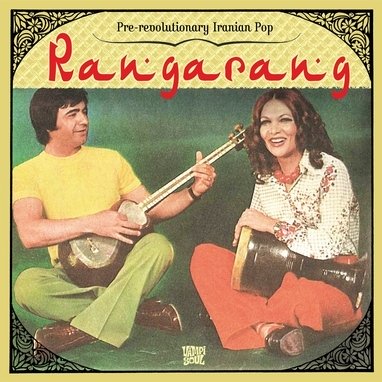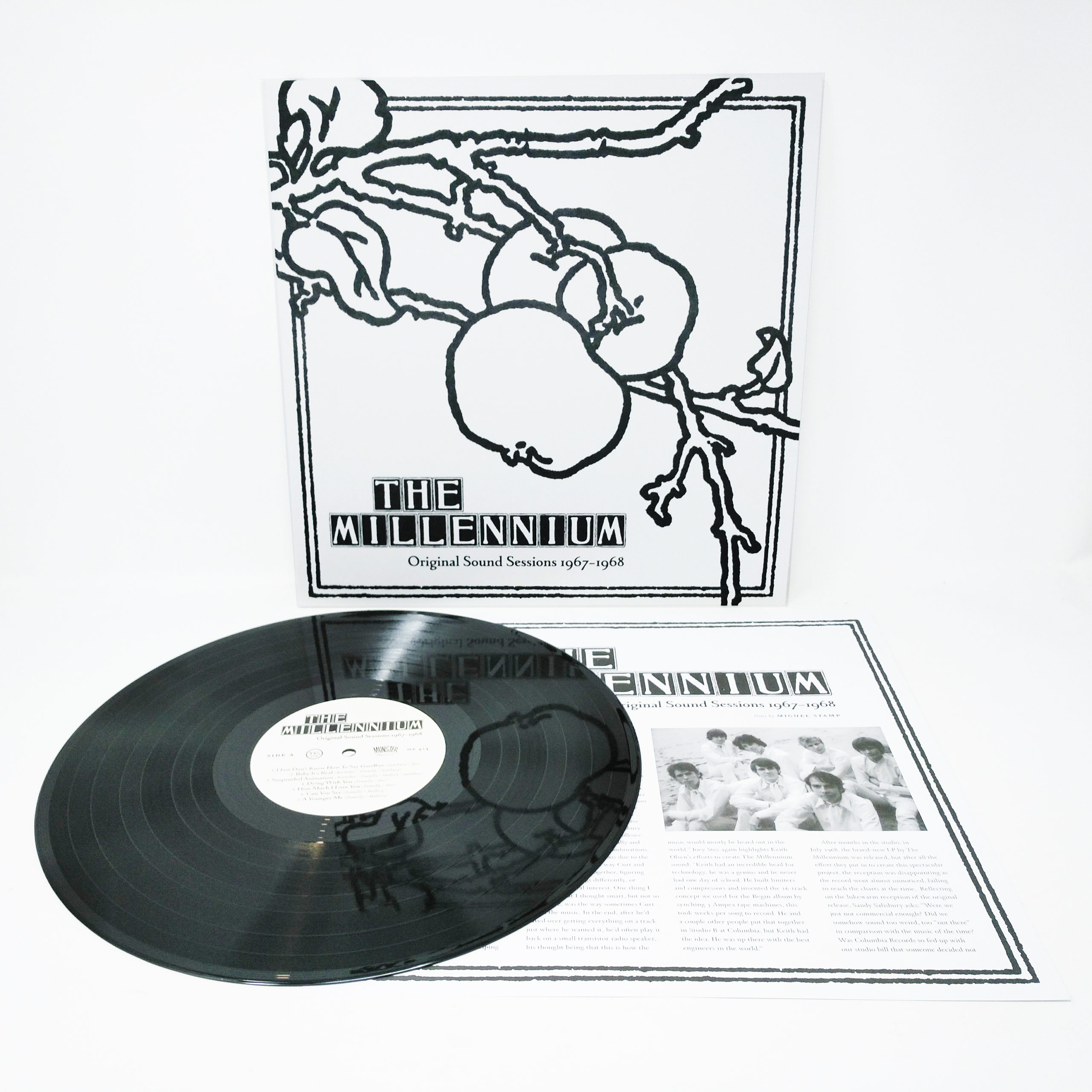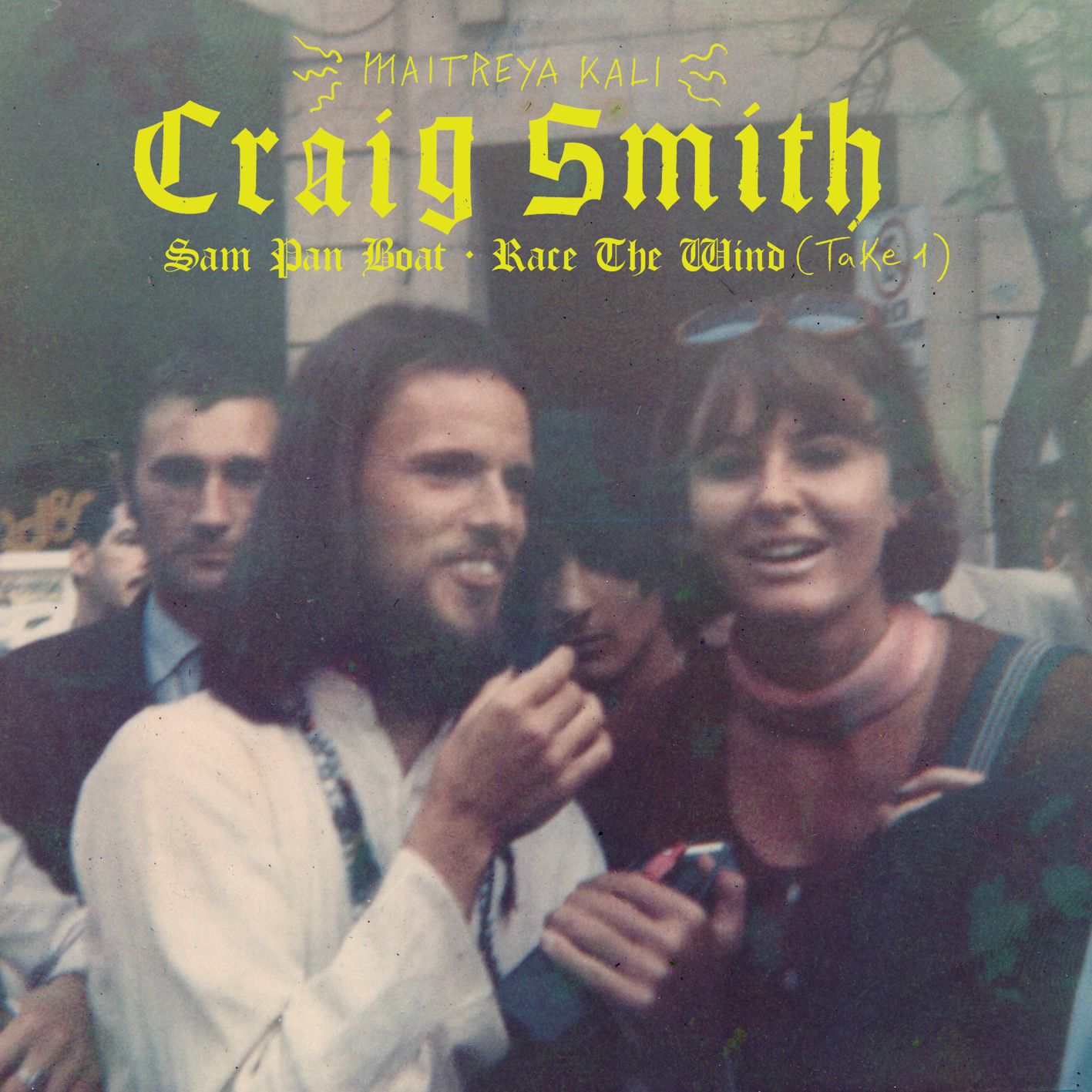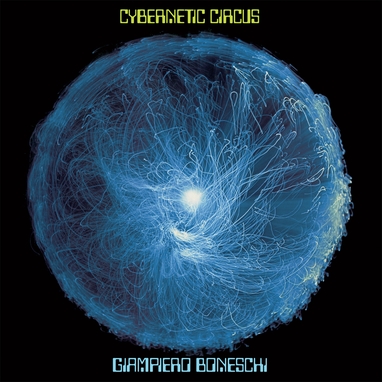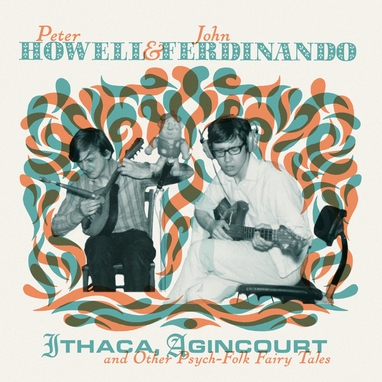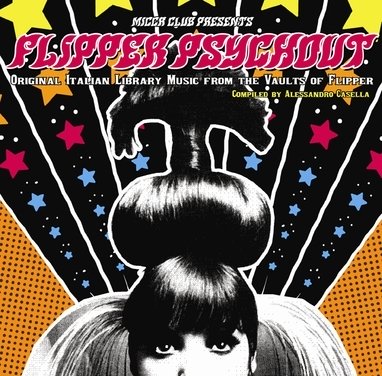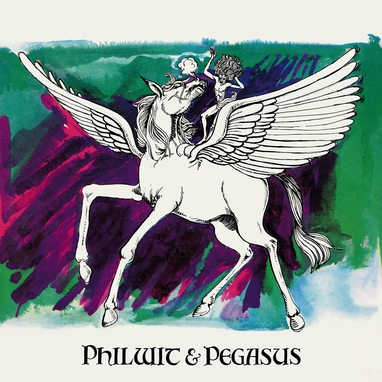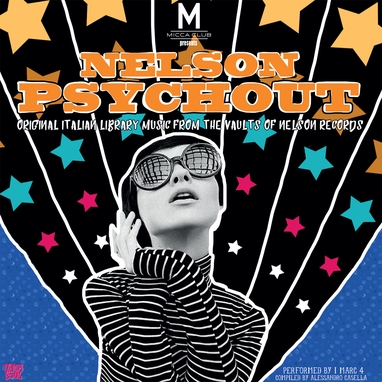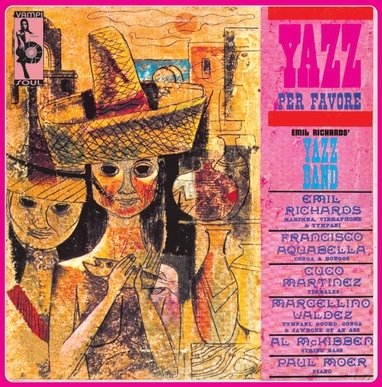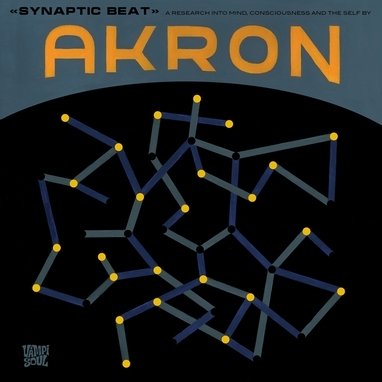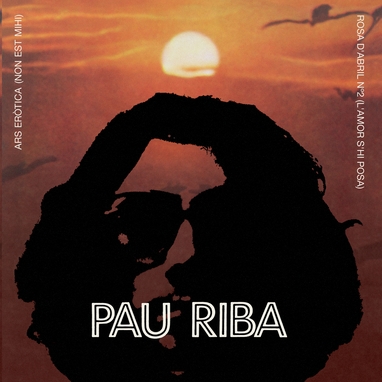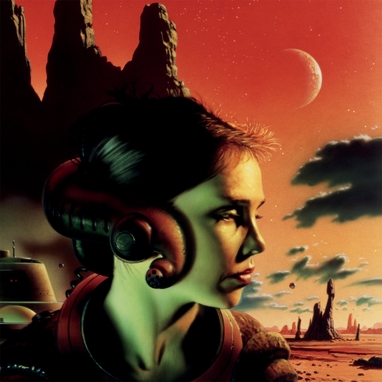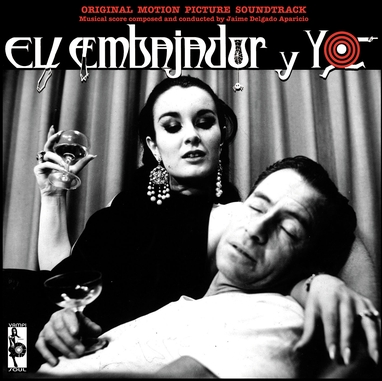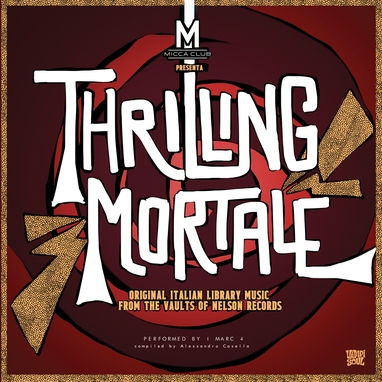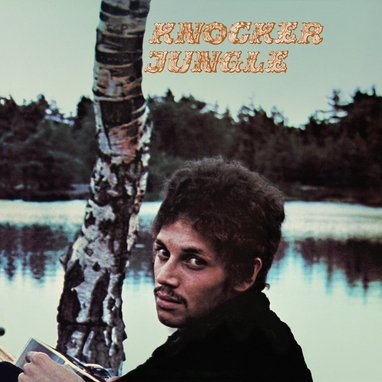VVAA
Rangarang. Pre-revolutionary Iranian pop
Vampisoul
VVAA
Rangarang. Pre-revolutionary Iranian pop
Includes tracks by most of the stars of the golden age of Persian pop music, such as Googoosh, Aref, Leila Forouhar, Neli, Dariush, Pooran, Shohreh, Hamid Shabkhiz, Giti… Comprehensive notes by expert Bronwen Robertson with photos of all the artists
It may seem hard to believe now, with the Islamic Republic of Iran swathed in controversial breaches of human rights and nonsensical nuclear issues, but a little over 30 years ago it was all glitz and glamour, rock and roll. The shah of Iran promoted modernization to the detriment of Persian culture and most Iranians loathed the stoic king by the end of his reign. Centuries of monarchist rule gave way to a staunch Islamist regime during the populist Iranian Revolution of 1979. The new Iranian government sought to eradicate any remnants of the imperialist monarchy and ‘having fun’ was banned entirely. Music’s controversial status within Islam meant that the Persian pop industry was incongruous with Iran’s new and heavy-handed rulers. All of Iran’s record labels were forcibly shut down, the entire broadcasting industry was Islamicized, and a fearful population burned their records, buried their books and complied, at least on the surface, with the Islamic regime’s new (and very boring) rules and regulations. “Rangarang” is a compilation of forgotten jewels from pre-revolutionary Iran. These songs tell the stories of an artisan community that flourished during the 1960s and 1970s before vanishing into oblivion. The pop stars who stayed in Iran were summonsed to the revolutionary court and forced to sign a declaration promising to abandon their careers and never perform again. By the time an exilic music industry had been established in Los Angeles, where many musicians settled after fleeing the chaotic disarray of post-revolutionary war-torn Iran, the beats and melodies of the monarchist era had given way to the synthesizers of the 1980s and Iranian pop music would never be the same again. The range of the tracks included on “Rangarang” is astonishing, from funky workouts and soulful pop to jazzy grooves and yearning ballads, all wonderfully and imaginatively produced and arranged, giving shape to truly popular music.
Productos relacionados
Includes tracks by most of the stars of the golden age of Persian pop music, such as Googoosh, Aref, Leila Forouhar, Neli, Dariush, Pooran, Shohreh, Hamid Shabkhiz, Giti… Comprehensive notes by expert Bronwen Robertson with photos of all the artists
It may seem hard to believe now, with the Islamic Republic of Iran swathed in controversial breaches of human rights and nonsensical nuclear issues, but a little over 30 years ago it was all glitz and glamour, rock and roll. The shah of Iran promoted modernization to the detriment of Persian culture and most Iranians loathed the stoic king by the end of his reign. Centuries of monarchist rule gave way to a staunch Islamist regime during the populist Iranian Revolution of 1979. The new Iranian government sought to eradicate any remnants of the imperialist monarchy and ‘having fun’ was banned entirely. Music’s controversial status within Islam meant that the Persian pop industry was incongruous with Iran’s new and heavy-handed rulers. All of Iran’s record labels were forcibly shut down, the entire broadcasting industry was Islamicized, and a fearful population burned their records, buried their books and complied, at least on the surface, with the Islamic regime’s new (and very boring) rules and regulations. “Rangarang” is a compilation of forgotten jewels from pre-revolutionary Iran. These songs tell the stories of an artisan community that flourished during the 1960s and 1970s before vanishing into oblivion. The pop stars who stayed in Iran were summonsed to the revolutionary court and forced to sign a declaration promising to abandon their careers and never perform again. By the time an exilic music industry had been established in Los Angeles, where many musicians settled after fleeing the chaotic disarray of post-revolutionary war-torn Iran, the beats and melodies of the monarchist era had given way to the synthesizers of the 1980s and Iranian pop music would never be the same again. The range of the tracks included on “Rangarang” is astonishing, from funky workouts and soulful pop to jazzy grooves and yearning ballads, all wonderfully and imaginatively produced and arranged, giving shape to truly popular music.
Productos relacionados
Rangarang. Pre-revolutionary Iranian pop
Includes tracks by most of the stars of the golden age of Persian pop music, such as Googoosh, Aref, Leila Forouhar, Neli, Dariush, Pooran, Shohreh, Hamid Shabkhiz, Giti… Comprehensive notes by expert Bronwen Robertson with photos of all the artists
It may seem hard to believe now, with the Islamic Republic of Iran swathed in controversial breaches of human rights and nonsensical nuclear issues, but a little over 30 years ago it was all glitz and glamour, rock and roll. The shah of Iran promoted modernization to the detriment of Persian culture and most Iranians loathed the stoic king by the end of his reign. Centuries of monarchist rule gave way to a staunch Islamist regime during the populist Iranian Revolution of 1979. The new Iranian government sought to eradicate any remnants of the imperialist monarchy and ‘having fun’ was banned entirely. Music’s controversial status within Islam meant that the Persian pop industry was incongruous with Iran’s new and heavy-handed rulers. All of Iran’s record labels were forcibly shut down, the entire broadcasting industry was Islamicized, and a fearful population burned their records, buried their books and complied, at least on the surface, with the Islamic regime’s new (and very boring) rules and regulations. “Rangarang” is a compilation of forgotten jewels from pre-revolutionary Iran. These songs tell the stories of an artisan community that flourished during the 1960s and 1970s before vanishing into oblivion. The pop stars who stayed in Iran were summonsed to the revolutionary court and forced to sign a declaration promising to abandon their careers and never perform again. By the time an exilic music industry had been established in Los Angeles, where many musicians settled after fleeing the chaotic disarray of post-revolutionary war-torn Iran, the beats and melodies of the monarchist era had given way to the synthesizers of the 1980s and Iranian pop music would never be the same again. The range of the tracks included on “Rangarang” is astonishing, from funky workouts and soulful pop to jazzy grooves and yearning ballads, all wonderfully and imaginatively produced and arranged, giving shape to truly popular music.
Includes tracks by most of the stars of the golden age of Persian pop music, such as Googoosh, Aref, Leila Forouhar, Neli, Dariush, Pooran, Shohreh, Hamid Shabkhiz, Giti… Comprehensive notes by expert Bronwen Robertson with photos of all the artists
It may seem hard to believe now, with the Islamic Republic of Iran swathed in controversial breaches of human rights and nonsensical nuclear issues, but a little over 30 years ago it was all glitz and glamour, rock and roll. The shah of Iran promoted modernization to the detriment of Persian culture and most Iranians loathed the stoic king by the end of his reign. Centuries of monarchist rule gave way to a staunch Islamist regime during the populist Iranian Revolution of 1979. The new Iranian government sought to eradicate any remnants of the imperialist monarchy and ‘having fun’ was banned entirely. Music’s controversial status within Islam meant that the Persian pop industry was incongruous with Iran’s new and heavy-handed rulers. All of Iran’s record labels were forcibly shut down, the entire broadcasting industry was Islamicized, and a fearful population burned their records, buried their books and complied, at least on the surface, with the Islamic regime’s new (and very boring) rules and regulations. “Rangarang” is a compilation of forgotten jewels from pre-revolutionary Iran. These songs tell the stories of an artisan community that flourished during the 1960s and 1970s before vanishing into oblivion. The pop stars who stayed in Iran were summonsed to the revolutionary court and forced to sign a declaration promising to abandon their careers and never perform again. By the time an exilic music industry had been established in Los Angeles, where many musicians settled after fleeing the chaotic disarray of post-revolutionary war-torn Iran, the beats and melodies of the monarchist era had given way to the synthesizers of the 1980s and Iranian pop music would never be the same again. The range of the tracks included on “Rangarang” is astonishing, from funky workouts and soulful pop to jazzy grooves and yearning ballads, all wonderfully and imaginatively produced and arranged, giving shape to truly popular music.

